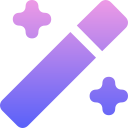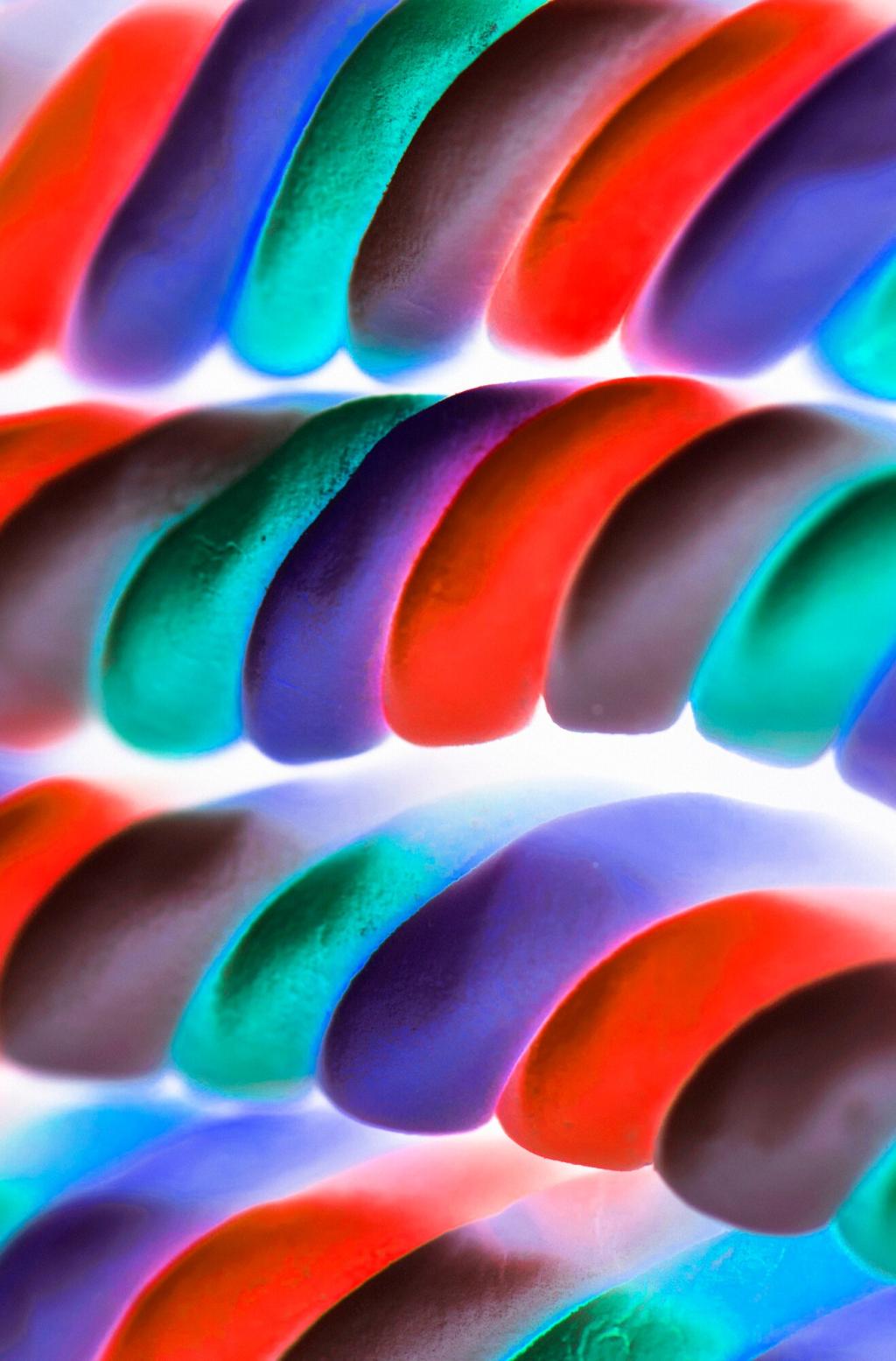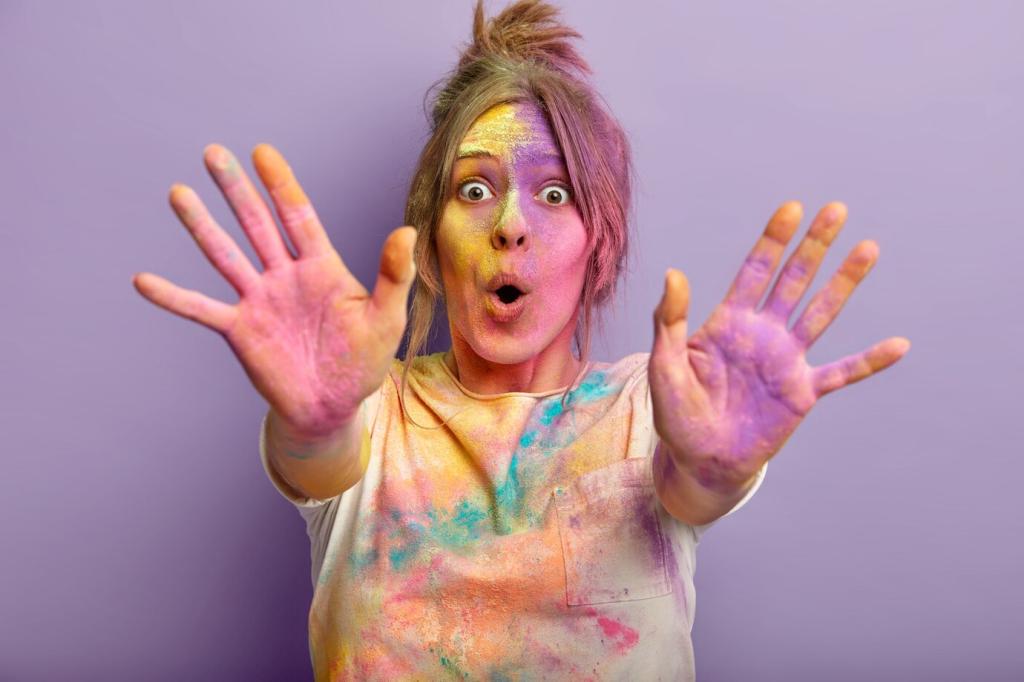The Psychology Behind Productive Palettes
Cool blues often lower mental noise and support analytical thinking by reducing arousal. A backdrop of soft slate or misty blue paired with clean neutrals steadies attention without feeling cold. Add a navy task lamp or organizer to anchor focus without overwhelming your space.
The Psychology Behind Productive Palettes
Greens echo nature, signaling safety and restoration. Sage, moss, or eucalyptus tones reduce visual fatigue and invite steady breathing between demanding tasks. Pair leafy plants with muted green accents near your monitor to refresh tired eyes and maintain consistent, sustainable performance across long days.




